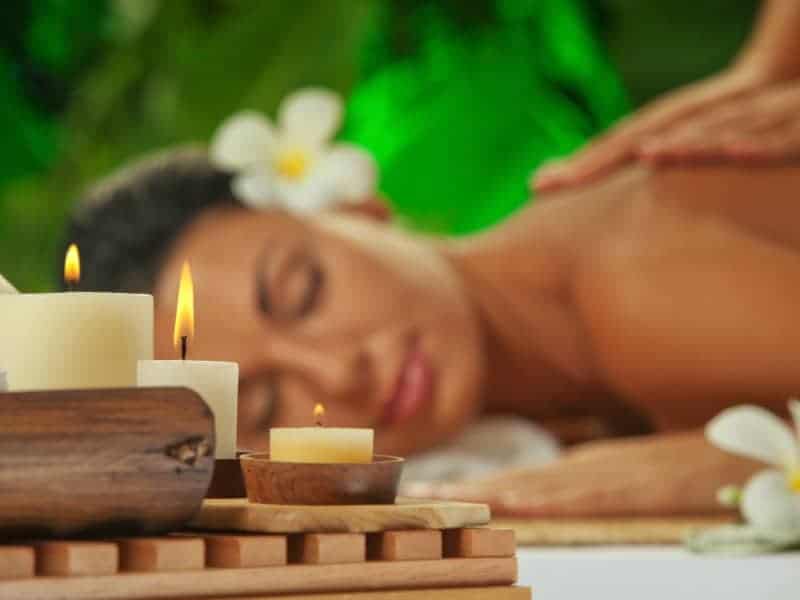Ayurveda is a school of traditional medicine that originated during the Indus Valley Civilization of India and Pakistan. It continued among the Indo-Aryan Iron Age tribes of India and then branched out into something more coherent, like a proper system of beliefs that required practice and years of hard work to master. The origins of Ayurveda come from one of the ancient Veda texts of India. It is especially featured in fourteen hymns of the Atharveda, which speak of the use of herbal oils, salves, and other varied medicines adapted from nature. At the time, plants such as specially modified opium were used, as well as nutmeg, clove, cinnamon, turmeric, and margosa or neem. Opium for one, was mainly used as a painkiller in much of the ancient world.
Ayurvedic medicine continued to the early Buddhist and Jain eras, continuing long after their respective philosophers had passed away. It was the 6th Century BC and India was undergoing a religious revolution, with many independent philosophers like Mahavira and the Buddha rising up to challenge the ethics of caste within the older Vedic and Brahmanic thought. During the age of sages who taught nonviolent faiths to a segregationist population, the practice of medicine was regarded as a noble profession.
According to this medicinal system, there are seven basic tissues. These are the plasma, blood, muscle, bone, marrow, fat, and semen.
Also, it makes use of the classical Sanskrit elements of fire, water, ether, air, and earth. The philosophy of Ayurveda also asserts that there are doshas that cause illness. The three of these are Vata, Pitta, and Kapha.
Also, early Indian practitioners managed to identify diseases like leprosy and typhoid. Also, they were able to perform complex operations on several areas of the body while medicine in the West at the time was based on praying and making sacrifices and a few selected painkillers. Even eye surgery, C-sections, and plastic surgery have been done under the skilled knives of the Indian surgeons. These days, however, Ayurveda only exists as a sideline practice done in spas and specific institutions and not in the wider sense. Today western medicinal practices have largely replaced Ayurveda. India and Sri Lanka developed their medicinal practices separately for a long time but there were still similarities between the two schools of medicine as history progressed. Sri Lanka Ayurveda is still practiced in its fullest form in rural areas but only in selected areas of urban centers.
The traditional beliefs of Sri Lanka are called Deshanaya Chikitsa and are the ancestor of Sri Lanka Ayurveda itself. Sometimes this term is even applied to the Ayurvedic practice as a whole, with no effort being made to distinguish between the two. Modern Ayurveda in Sri Lanka also draws from Arabic medicine, among the most advanced medicinal systems of its time.
Indeed, this combination worked for centuries, and as per the ruins and historical texts, there were a number of doctors throughout the country, many of them with their own hospitals and individual practices. Plus the remains of ancient hospitals have been discovered throughout the northern kingdoms of Polonnaruwa and Anuradhapura.
Alahana Pirivena of Polonnaruwa is one of the most well-known and well-developed. Found among the ruins of Alahana were numerous surgical implements including knives, forceps, and other bits of equipment. Monasteries and convents also organized hospitals within their own lands. There were even specially equipped maternity clinics during this time. The ruins of hospitals are now the best places to visit in Sri Lanka and are popular historical places. Mihintale preserves yet another well-known hospital complex, probably run by the monks here. It is one of the oldest proper hospitals in history and it would have catered to the needs of many of the locals in this area. Also, King Pandukabhaya, the founder of Anuradhapura, built a number of hospitals throughout his new capital. These were called Sivikashala and were pretty much centers for general practitioners, .
One of the best-known surgeons at the time was King Buddhadasa of Anuradhapura. He is said to have done operations on animals and not merely on humans. He also wrote a treatise on medicine called Sararatha Sangrahaya.
Written by Vasika Udurawane for Travel Lanka Compass



0 Comment